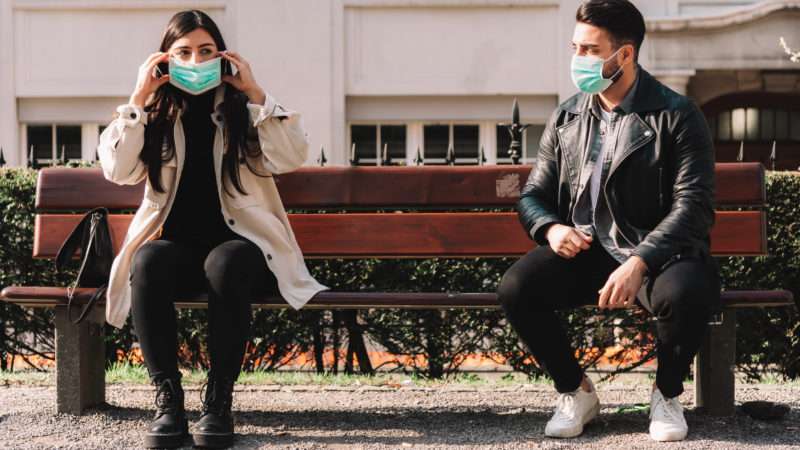Wirecard Fraudsters Looted $1 Billion From The Company Just Before ‘The Hammer Came Down’
Tyler Durden
Fri, 08/07/2020 – 16:45
Yesterday, we reported that a former Wirecard business partner named Christopher Bauer who likely played a key role in the $2 billion accounting fraud that was exposed in June, precipitating the company’s slide into bankruptcy, had apparently turned up dead in Manila. Or that’s at least what Bauer wanted the world to think.
As the FT’s digging into Wirecard’s sprawling fraud takes its reporters across Southeast Asia, the paper’s intrepid reporters have apparently found a series of suspicious loans to Bauer’s third-party company, an couple other Wirecard ‘payment partners’ that look more like the company was being looted by executives and probable participants in the fraud right before the hammer came down.
That hammer came in the form of KPMG’s independent report, which was, ironically, commissioned by the company under pressure from the media and investors. These loans were made to partner companies in the Dubai, Singapore and Philippines, further complicating, and potentially obscuring, the fraud. Bauer’s former company, PayEasy, and a handful of others named below.
Here’s more from the FT:
Money flowing out of the company accelerated in the months before the collapse. About €155m appears to have been paid out over the first three months of 2020. The bulk of the new loans extended in early 2020 went to Ocap — a Singapore-based company run by a former Wirecard executive whose wife at the time still worked in a senior position at the company. In the first quarter, Ocap received almost €100m, giving it a total debt to Wirecard of €230m, according to a document seen by the FT and two people familiar with the matter. Ruprecht Services, another Singapore-based payments company, received a loan of €40m in the first quarter, lifting its total outstanding debt to Wirecard to €53m, according to a person familiar with the details. It suspended operations this week. The additional lending to the two Singapore-based entities pushed Wirecard’s total loans to business partners in Asia to €870m ($1bn) by March 2020, according to a document seen by the Financial Times. The additional lending came even as KPMG was conducting a special audit at Wirecard in an effort to confirm or refute allegations published in the FT about accounting fraud at the company. Loans also went to Al Alam in Dubai, PayEasy in Manila and Senjo in Singapore — three companies that Wirecard has in the past said processed credit card payments on its behalf in jurisdictions where it did not have its own licences to operate.
Meanwhile, authorities in Singapore have arrested another senior Wirecard executive who allegedly helped the company hide the $2 billion hole in its balance sheet by signing off on fraudulent reports.
Here’s more on that from BBG:
Singapore has accused a director of a local accounting firm of falsifying documents, making its first charges in relation to the scandal surrounding disgraced German payments company Wirecard AG.
R. Shanmugaratnam, a director of Citadelle Corporate Services Pte, was charged with “wilfully and with intent to defraud” falsifying letters to Wirecard, stating that the Singapore firm held tens of millions in euros in escrow accounts, according to charge sheets filed last month and seen by Bloomberg News.
The 54-year-old Singaporean is the first person to be indicted in the city-state over the spectacular collapse of Wirecard, a scandal which has reverberated across the world. The German digital-payments company filed for insolvency in June after saying that 1.9 billion euros ($2.3 billion) previously reported as assets didn’t exist.
The first of the four charges against Shanmugaratnam says that in March 2017, he falsely stated that there was a balance of 177.5 million euros held by Citadelle in an escrow account on Dec. 31, 2016. The other three charges say that in March 2016, he misrepresented that there was 66.4 million euros, 47 million euros and 30 million euros held by Citadelle in three escrow accounts on Dec. 31, 2015.
Singapore was the headquarters of Wirecard’s mostly fraudulent southeast asian business. As far as the loan money goes, our original theory, that Bauer was knocked off by organized criminals nervous about his knowledge of Wirecard’s work with front companies for organized crime.
But since he disappeared in the Philippines and officials apparently haven’t seen a body, we strongly suspect that Bauer may have taken his share of the stolen billion (a large slug worth hundreds of millions of euros) and vanished to live out his days on a beach somewhere (probably in Russia).
via ZeroHedge News https://ift.tt/33yhAng Tyler Durden


